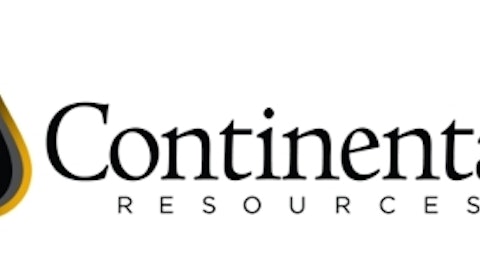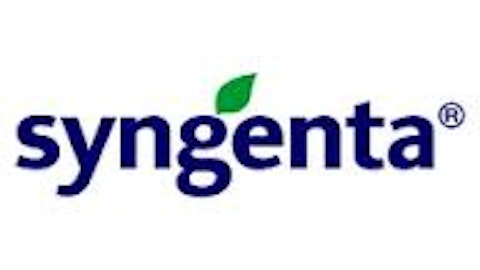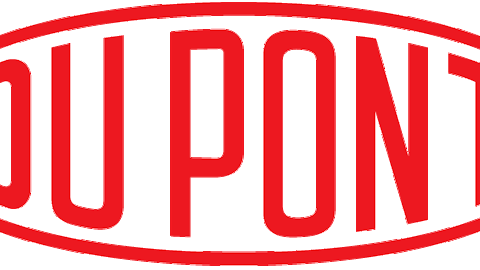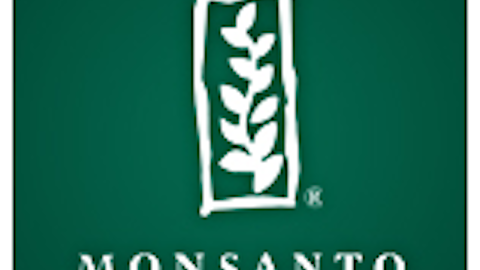A few months ago, I sat down with a relative who has two kids getting ready to go to college. While discussing the price of college, he said, “It seems like everything is getting so expensive — even food is costing way more than it used to.”
I thought about that statement for a while, and decided to check it out for myself. Although I surely sympathize with the payments he is about to make, my uncle couldn’t have been more wrong. From a historical perspective, food is dirt cheap.

Source: Palosirkka, via Wikimedia Commons.
Take the long view
If you think about it, most of the “work” by our earliest ancestors was to provide two things: food and safety. There was no currency per se, but suffice it to say that at least 50% of their toil was devoted toward food.
Obviously, we don’t have records that far back to back up my statement. Fortunately, the USDA has been keeping tabs on how much we spend on food since 1929. Taken as a percentage of our disposable income, the amount has dropped dramatically in the last 85 years. In fact, relative to our incomes, food has simply never been cheaper.

Source: USDA.
Interestingly, food away from home (restaurants, takeout, etc.) has actually increased since 1929, from 3.1% to 4.1%. That’s likely because eating out has always been a luxury, and over time, more people have been able to afford it.
The decrease in the percentage of our income spent on food, then, comes from food bought for consumption at home. At its height in 1933, we devoted 21.9% of our money toward at-home food. By 2011, it was only a quarter of that amount: 5.7%. That’s a mind-numbing difference.
Technology + science = cheap
An huge part of that shift is due to tremendous strides in agricultural technology, especially once the nation settled into a post-World-War-II mind-set in 1949. That’s when the era of industrial agriculture began to take hold.
These advances can be broken down into three categories: machines, fertilizers, and genetically modified crops.
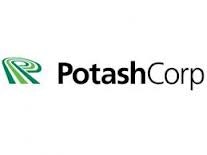
Fertilizers have also played an important role. Nature’s rhythms call for periods of work then rest, but much of our current food system is based on the premise that the land must meet or exceed the previous year’s harvest in order to feed a growing population. To interrupt the process, fertilizers — especially nitrogen, phosphate, and potash — jump-start the soil.

Source: The Fertilizer Institute, Agclassroom.org
Before fertilizers, nature put a cap on how much could be grown in a season. After fertilizers, those caps were gone. It shouldn’t be surprising, then, to see that just as the use of fertilizers was just ramping up, the price of food began to drop.
It’s also not surprising that Potash Corp./Saskatchewan (USA) (NYSE:POT) and Mosaic Co (NYSE:MOS) — two leading producers of fertilizer ingredients in North America — showed astounding returns leading up to the Great Recession.

MOS Total Return Price data by YCharts.
Those days of heavy growth, however, are subsiding. Not only has fertilizer usage reached a saturation point, but a breakup of key global alliances has sent commodity (and stock) prices tumbling in the sector.
The technology now front and center for making cheap food is genetic engineering. In 1994, the United States approved its first genetically modified organism (GMO) for human consumption: the Flavr Savr tomato made by now-Monsanto Company (NYSE:MON) subsidiary Calgene.
Though the tomato wasn’t a huge success, it ushered in a new era of agribusiness. With the ability to engineer and patent seeds, scientists at Monsanto, The Dow Chemical Company (NYSE:DOW), and E I Du Pont De Nemours And Co (NYSE:DD) — three of the largest companies producing GMOs worldwide — can create plants resistant to herbicides that would normally kill a plant. In theory, that means that the days of plagues and pestilence are over, and food production can take off once again.
On the global scale, no country uses more land to produce GMO crops than the United States.

Source: ISAAA, Mother Jones.
To put that in perspective, before the 1990s, no land in the U.S. was used for GMOs. By 2012, more than 270,000 square miles were devoted to the new method of growing crops.
Whether or not this boom in food production is a good thing is a topic for a different article, but suffice it to say that if you hear someone complaining about the cost of food, gently remind them that it’s cheaper now than it’s ever been.
The article Think Food Prices Are High? You Have No Idea originally appeared on Fool.com and is written by Brian Stoffel.
Fool contributor Brian Stoffel has no position in any stocks mentioned, and neither does The Motley Fool.
Copyright © 1995 – 2013 The Motley Fool, LLC. All rights reserved. The Motley Fool has a disclosure policy.
